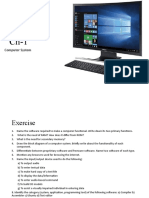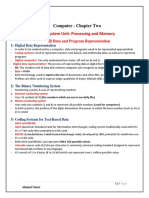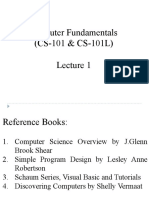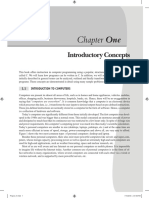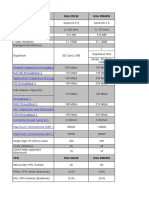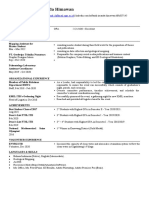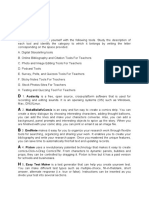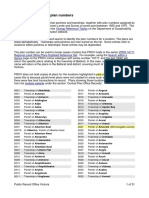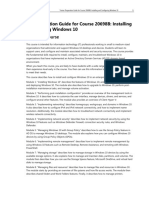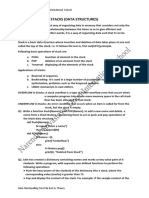0% found this document useful (0 votes)
28 views12 pages? COS 101 Manual
The COS 101 Manual provides a comprehensive overview of computers, including their definition, history, components, and types. It covers fundamental concepts such as number systems, data representation, problem-solving in computing, and ethical considerations. Additionally, it discusses the Internet's role and applications in various fields, highlighting key components and historical milestones.
Uploaded by
Sam osasCopyright
© © All Rights Reserved
We take content rights seriously. If you suspect this is your content, claim it here.
Available Formats
Download as PDF, TXT or read online on Scribd
0% found this document useful (0 votes)
28 views12 pages? COS 101 Manual
The COS 101 Manual provides a comprehensive overview of computers, including their definition, history, components, and types. It covers fundamental concepts such as number systems, data representation, problem-solving in computing, and ethical considerations. Additionally, it discusses the Internet's role and applications in various fields, highlighting key components and historical milestones.
Uploaded by
Sam osasCopyright
© © All Rights Reserved
We take content rights seriously. If you suspect this is your content, claim it here.
Available Formats
Download as PDF, TXT or read online on Scribd
/ 12
